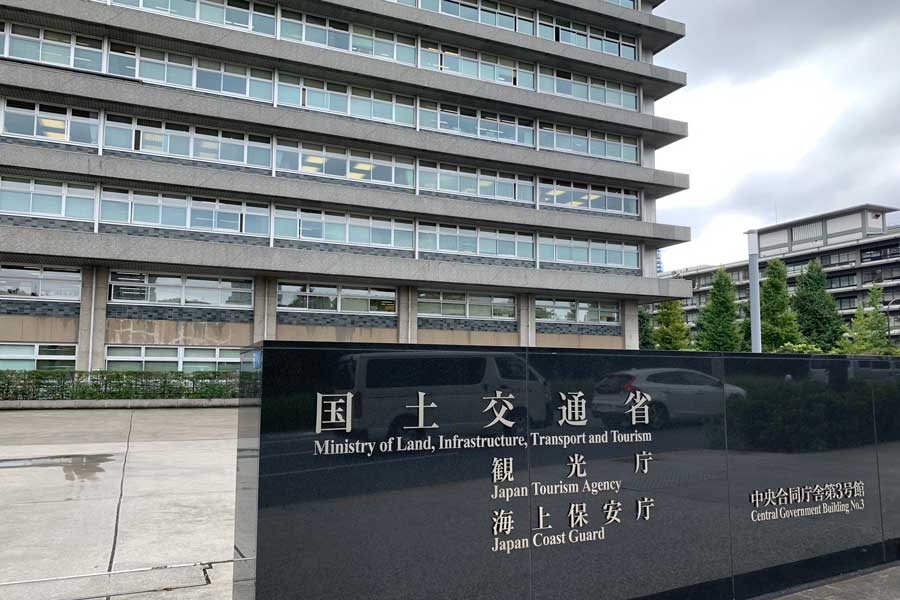
Japan’s MLIT Issues Heavy Snow Warning for December 3–4
“I have shareholder benefit tickets, but I don’t use them…” a friend says. Although they don’t fly as often as top-tier members, they use All Nippon Airways (ANA) and Japan Airlines (JAL) for both business and personal travel, but they’ve stopped using “shareholder benefits” in recent years.
Domestic airlines in Japan offer shareholder benefit programs that discount airfares. Particularly focusing on ANA and JAL, these shareholder benefit fares are well-known for being roughly half the price of standard domestic fares.
However, these shareholder benefits are currently unpopular. Why is that? There are several reasons, but let’s highlight the “airline’s convenience.”
Each airline determines the number of seats available for flights using shareholder benefit tickets, and the criteria for setting these are not disclosed. Therefore, it’s a common belief that popular flight slots generally don’t offer shareholder benefits. It’s not unusual for nearby flight times to have regular discounted fares available, but not be accessible with shareholder benefits. Even if you obtain a shareholder benefit ticket, it doesn’t guarantee a half-price flight, as it’s heavily influenced by the “airline’s convenience.”
This isn’t a new issue but has remained unchanged for at least the past decade. So, why has it become unpopular in the past year or two?
Since the COVID-19 pandemic, ANA and JAL have regularly (almost monthly) held domestic sales. In the latest sales held in early April, both ANA and JAL participated. ANA set the shareholder benefit fare between Tokyo and Osaka (adult, standard seat) at 12,600–13,800 yen, but the early April sale reduced it to 7,000 yen. JAL’s sale prices were similarly lower compared to their shareholder benefit fares, at 7,700 yen.
Of course, shareholder benefit fares and sale fares differ greatly. Shareholder benefit fares can be changed after purchase, whereas sale fares cannot. Sale fares are often set for one to two months ahead, or even further, but shareholder benefit fares can be booked anytime as long as there are seats available.
Due to significant differences in convenience, it’s difficult to compare fares directly; however, the service enjoyed on the booked flight is the same. The fact that sale fares are considerably cheaper and available to anyone (as long as sale seats are available) seems to have reversed the hierarchy compared to shareholder benefit fares limited to those holding benefit tickets.
Balancing the cost-effectiveness of sales and a comprehensive shareholder benefit system may also be causing a dilemma for airlines.
As a result, it could be said there is a rapid spread of “distance from shareholder benefits” at ANA and JAL. Many shareholder benefit tickets from both companies are traded in gift certificate shops but are sold for just a few hundred yen. The purchase price can sometimes be less than 100 yen, indicating a clear lack of popularity.
Nonetheless, both companies, though making minor changes, have not fundamentally altered their basic shareholder benefit systems. Even if sales appear more attractive, is there a chance for “shareholder benefits,” where the availability of desired flight seats is uncertain, to reclaim their status?